
Yes, Silva do call their carbon trekking poles: "Trekking Poles Carbon" which, while giving the consumer a succinct and accurate description of these poles, doesn't feel grammatically correct. At the very least I think it needs a hyphen: "Trekking Poles - Carbon" looks better, doesn't it? Nevertheless, the nomenclature does fit alongside the two other pole models in the Swedish brand's trekking pole range - Trekking Poles Aluminium Cork and Trekking Poles Aluminium.
Like the Aluminium Cork, the Trekking Poles Carbon have great cork grips, but then again as there isn't a non-cork-handled version available in carbon fibre perhaps that doesn't matter after all. So, the model under consideration here is Silva's top of the range trekking pole, made of carbon fibre and with a cork handle. They are lovely poles to hike with but come with a not-inconsiderable full price of £119.99 for a pair, putting them on a par with carbon fibre poles from other leading brands.
So what do you get for your money?
Firstly these are telescopic, not folding poles. The poles tighten at your desired length (110cm to 140cm) with a well-executed, exterior flick-lock mechanism rather than an internal twist-lock. They have very grippy carbide tips that only skate on the slickest of rocks. These come with rubber bungs that you can put over the carbide tips if you are going to hike on tarmac a lot. I don't, so like with other poles down the years, I never use the rubber tips. Trekking Poles Carbon come with a pair of standard sized screw-on snow baskets.
The handle is cork at the main grip point, with foam extending down below forming a secondary hand position that you might use when traversing a slope for instance. I've found them very comfy to use. The wrist loop is wide where you want it to be and narrow where it comes between your thumb and fingers. It is soft, without rough edges, and really comfortable, regardless of whether you are wearing gloves or not. The poles come in a perfectly serviceable storage bag although I'm not sure why you need a storage bag for walking poles!
With deep connections to Finland it may pain me to say it, but in this case well done Sweden!
Flick-lock versus twist-lock
Hiking pole users can argue long and hard about the relative merits of the two main locking mechanism designs, flick-lock, like these poles have, versus twist-lock. I bought my first walking pole, second hand, just over 30 years ago in a trekking 'shop' in Kathmandu. It was a twist-lock and worked fine. In the decades since I've used lots of different models of adjustable poles, with both types of adjusters and even a few other designs. I've seen versions of both which work well and versions of both that don't. For telescopic poles I'm genuinely agnostic over whether one design is superior to the other. What is much more important is whether the version of flick-lock or twist-lock on your specific pole is well done. Silva's flick-lock adjusters work great. If there is any slippage you can tighten the locking mechanism with your fingers - no need to find a penknife with a screwdriver on it, as with some designs. After adjusting the tightness once, I've not needed to tighten them again.
Telescopic or folding?
Another similar hiking pole debate with no real answer is whether telescopic or folding designs are better. I have broken telescopic poles in the past although not for a long time - and at least in one instance it involved a poorly executed, jumped telemark turn while skiing. I have also broken two folding poles in recent years. One of these was a carbon fibre pole, but these were a lightweight design favoured by runners, and I might have been pushing my luck and using them on tougher terrain than they were designed for. The other breakage was aluminium, although arguably a model with a design flaw because when I went back to the shop to buy a replacement they insisted on giving me a newer design which has worked flawlessly since.
So possibly - but I'll stress possibly - telescopic poles are stronger. But, on the other hand, the Trekking Pole Carbon is also still 65cm long when fully compacted, which is a whole lot longer than the most compact folding designs. I particularly use poles for walking in to winter climbs where they are a great help for navigating rough and snow covered terrain. But once winter climbing, if strapped to your pack, poles can be a pain in catching on things, particularly anything you try to put over your head like slings. Like many winter climbers, my solution to this has been to take telescopic poles apart and put all six pieces inside my rucksack. This makes them shorter but means putting them back together again later, which can be a pain in the dark, in poor weather. As a result, Z-style folding poles have become my favourite style in recent years for anything where they are likely to go in or on a pack while I am climbing. For me, then, Trekking Poles Carbon come with quite a big disadvantage, which may limit the seasonal uses to which I'll put them.
Carbon versus aluminium
Obviously a big selling point with the Trekking Poles Carbon is that they are made of carbon fibre. This fact also presumably explains why a pair sells for about twice the price of their aluminium siblings. The pair on review weigh 432g with the snow baskets on; Silva quotes 400g which sounds about right if they don't include the baskets.
Silva's website also says that the cork handled aluminium poles weigh 464g - more than carbon, but not by a massive amount. I can't see that a 60-odd gram weight saving is worth twice the cost, so carbon fibre's relative lightness isn't necessarily always that dramatic. Is carbon stronger? As a reviewer I have no real way of knowing. In the past I have managed to snap one of the pair of the only carbon fibre poles I've had before. But those were the folding design not telescopic, so this is 'anecdata' at best. So far the Trekking Poles Carbon have not broken and show absolutely no sign of doing so. Beyond that, it's hard to say much about their strength and durability.
One advantage of carbon fibre is that if you don't meticulously dry the poles between use (I often leave a pair in the back of my car so I can't forget to have a pair at the ready for walks), there is no chance of corrosion leading to either the poles seizing up, or, sometimes with twist lock mechanisms, the mechanism not being able to find purchase inside the poles. Possibly carbon fibre poles have a nicer feel to them in use; bike reviewers are forever going on about the 'feel' of different frame materials, with received wisdom being that aluminium frames are 'harsher' than carbon. But I can't say I've ever been able to perceive the difference between steel and aluminium bike frames I've owned, and I'm not really sure I'm doing any better telling between the feel of carbon and aluminium trekking poles!
One minor quibble is that the snow baskets are good in mud or snow, but slightly ungainly for much summer usage of the poles. Nevertheless you want some type of small basket to stop the tip going down the smallest of holes between scree and rocks as this is where, if anywhere, you are likely to snap a pole. Silva sells slightly smaller "trekking poles baskets" but for 120 quid for the pair you'd think they'd be able to chuck a pair in free as alternatives to the snow baskets.
Overall
Though I can't say how much better they really are than the cheaper aluminium alternative, Silva's Trekking Poles Carbon are great. If you want, or at least are happy with, telescopic poles, then these work well; they're well-designed, and seem durable and well-made. I initially thought that £120 was rather a lot for hiking poles. But after quite a lot of research I've concluded that the Trekking Pole Carbon are actually rather competitively priced. There are similar three piece, telescopic, full carbon poles from other well-regarded brands that not only cost quite a bit more but also weigh more as well. Yes, there are much cheaper options from direct to consumer brands and sports superstores, but actually it is very hard to find full carbon fibre poles for less. So having started off thinking the Silva Trekking Poles Carbon were perfectly decent but rather expensive, I've had to rethink my position to - perfectly decent and surprisingly good value! As a previous long-term Helsinki-resident with deep connections to Finland, it may pain me to say it, but in this case "well done Sweden!"
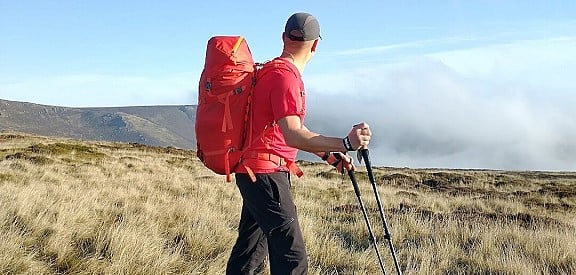


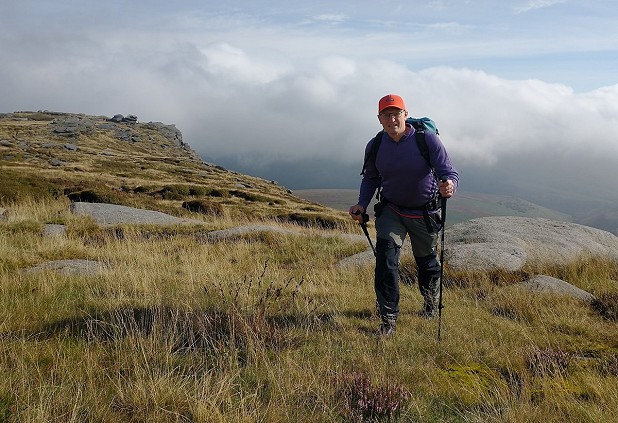
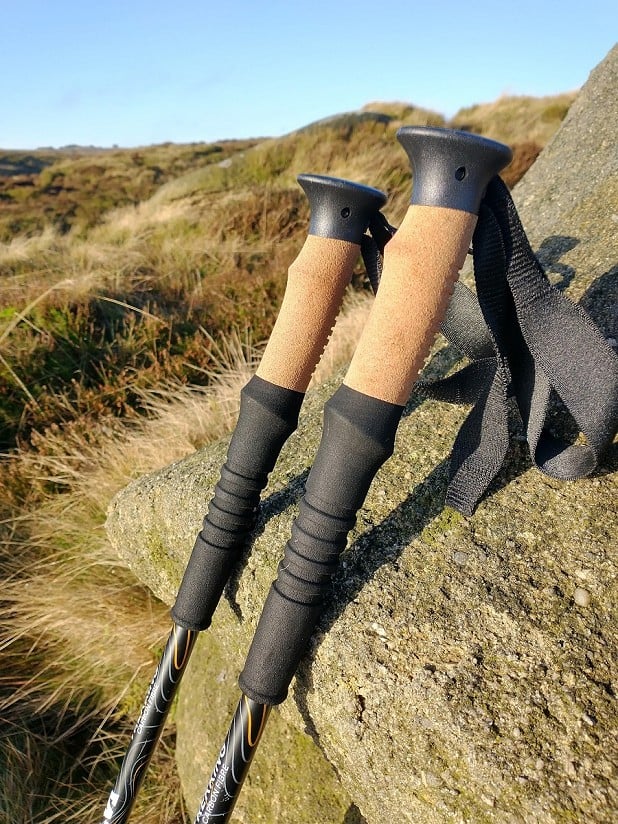
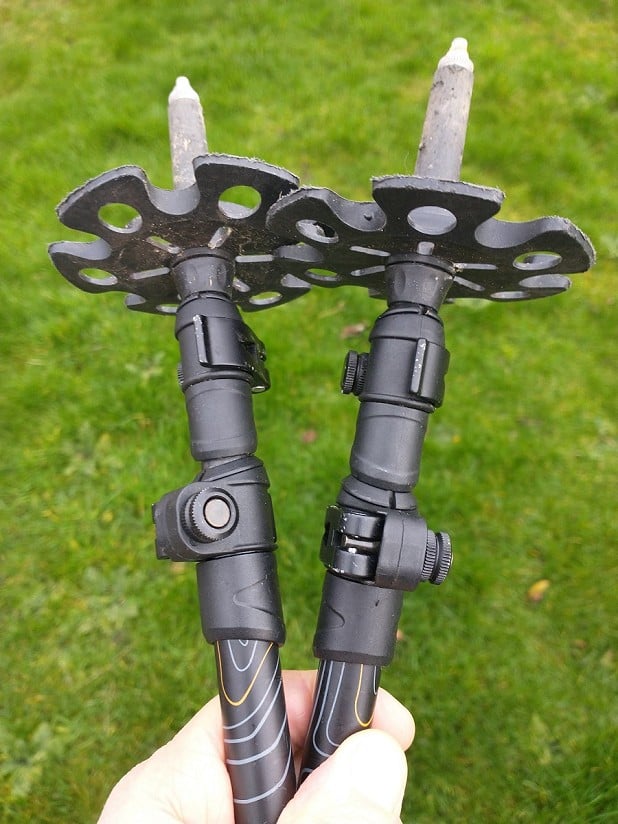
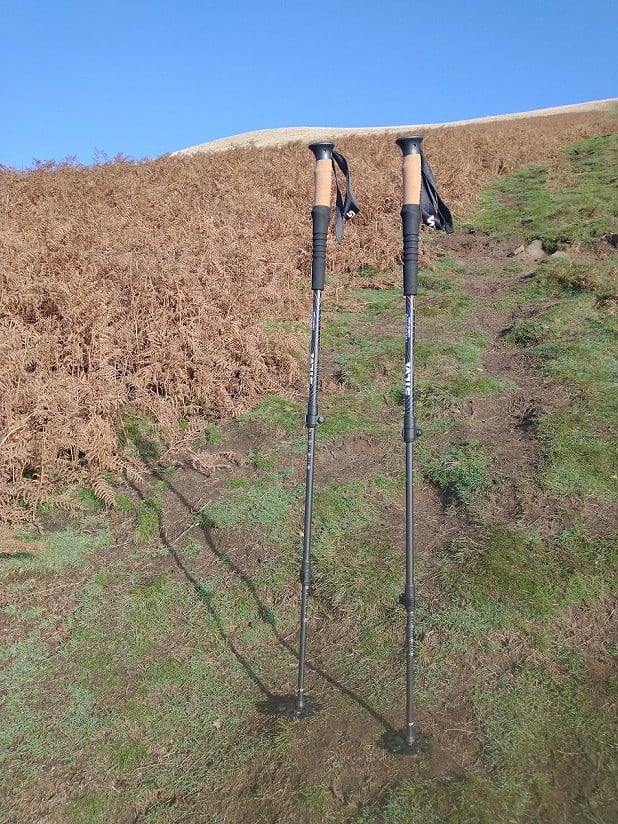
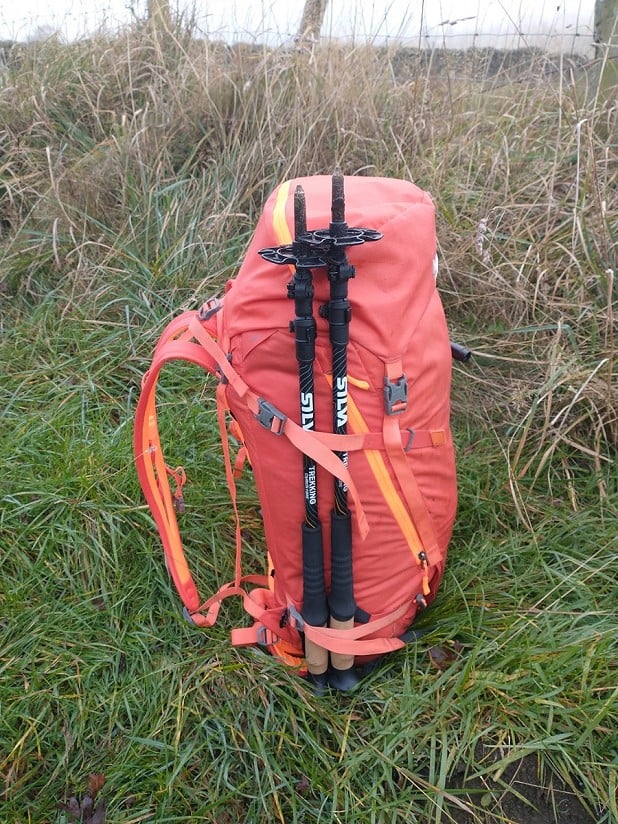


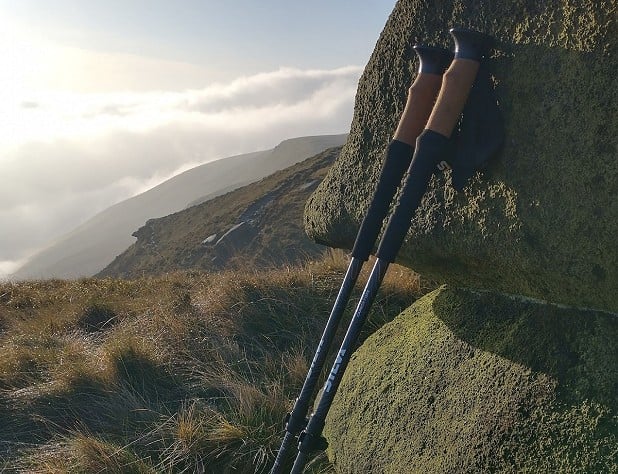

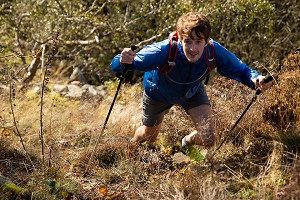



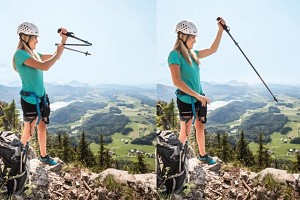
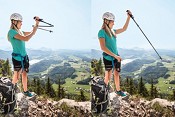
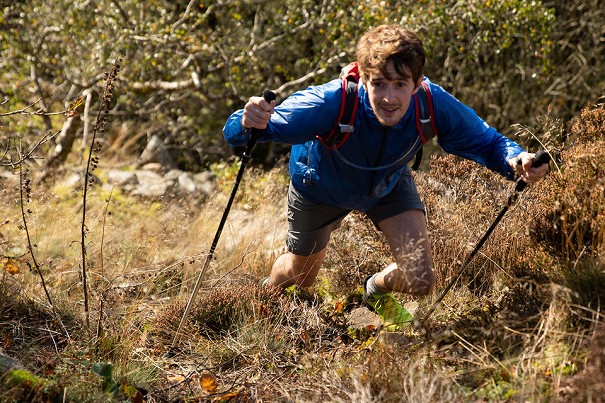


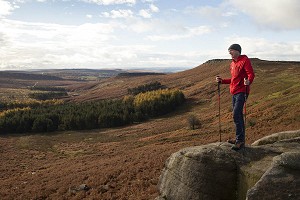



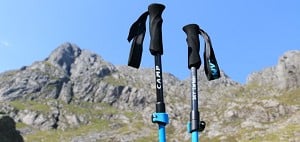

Comments